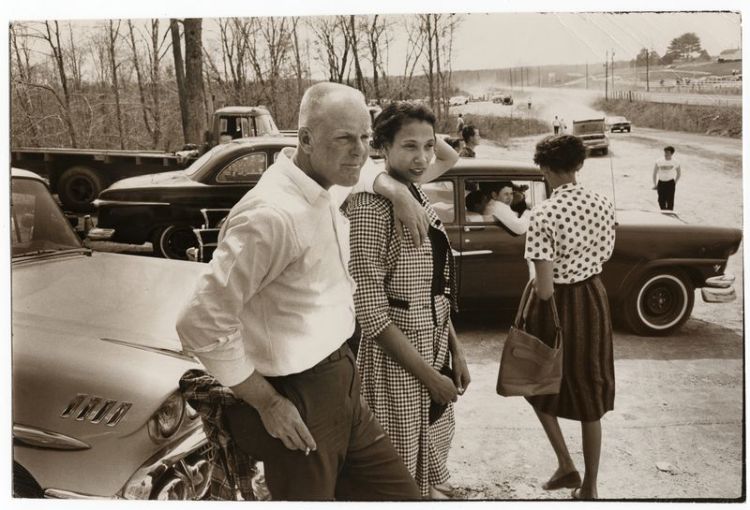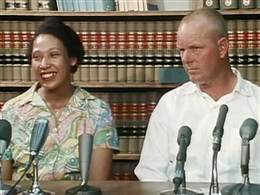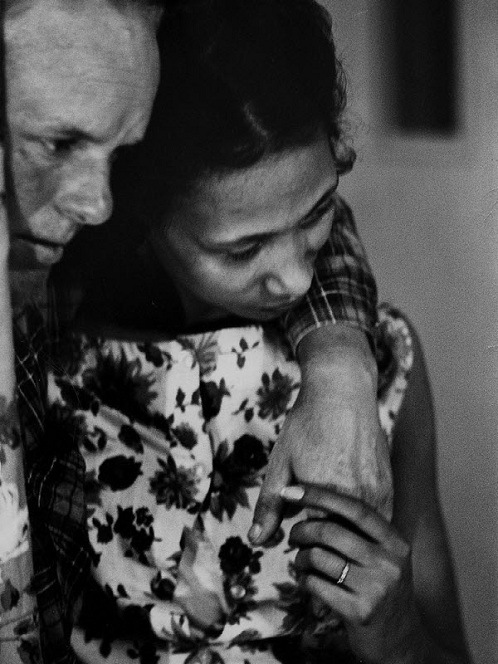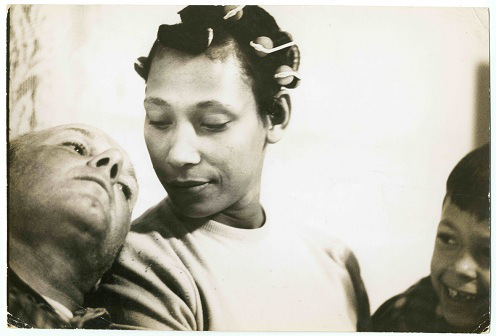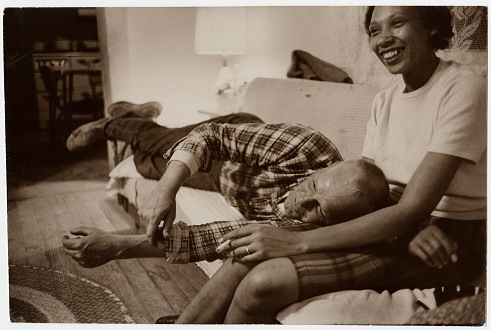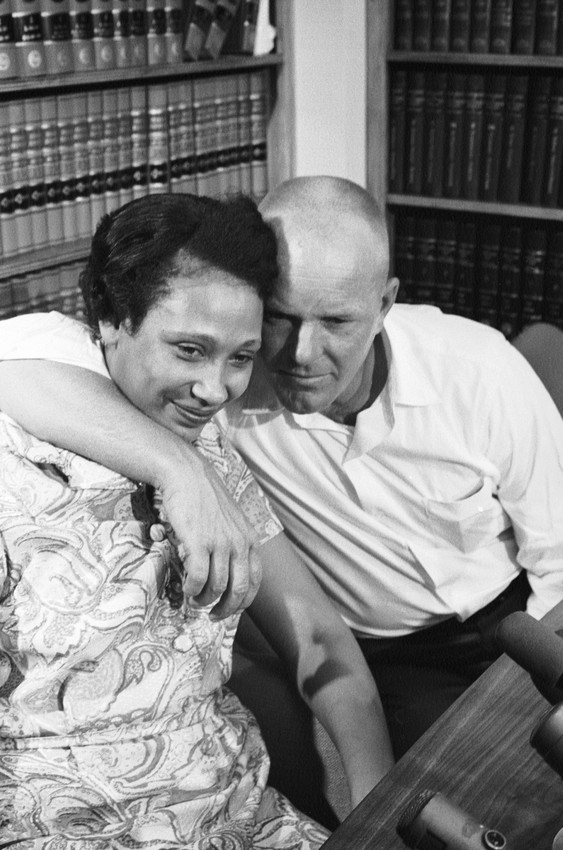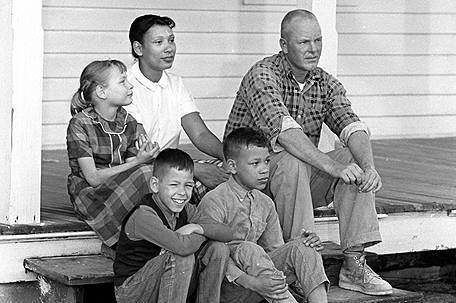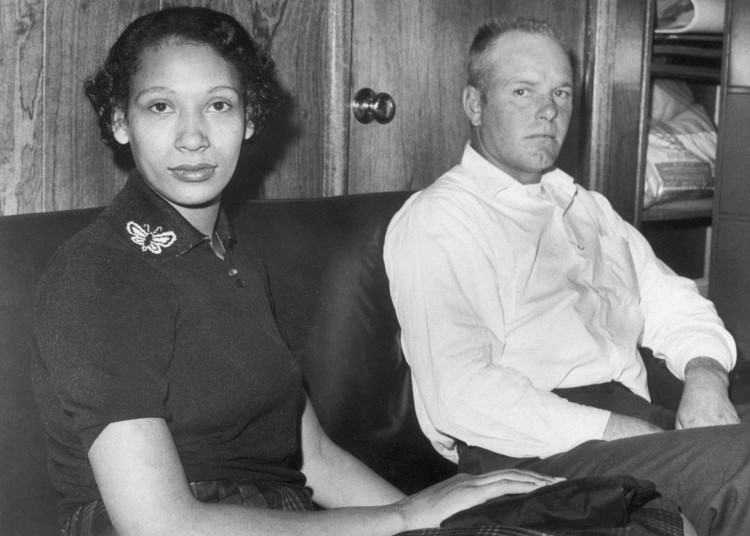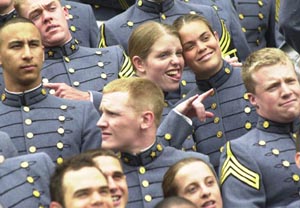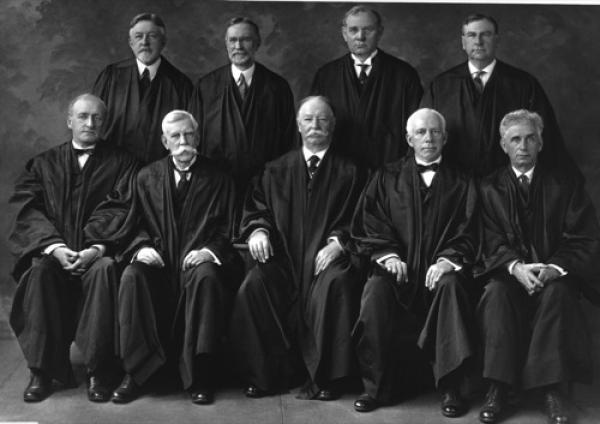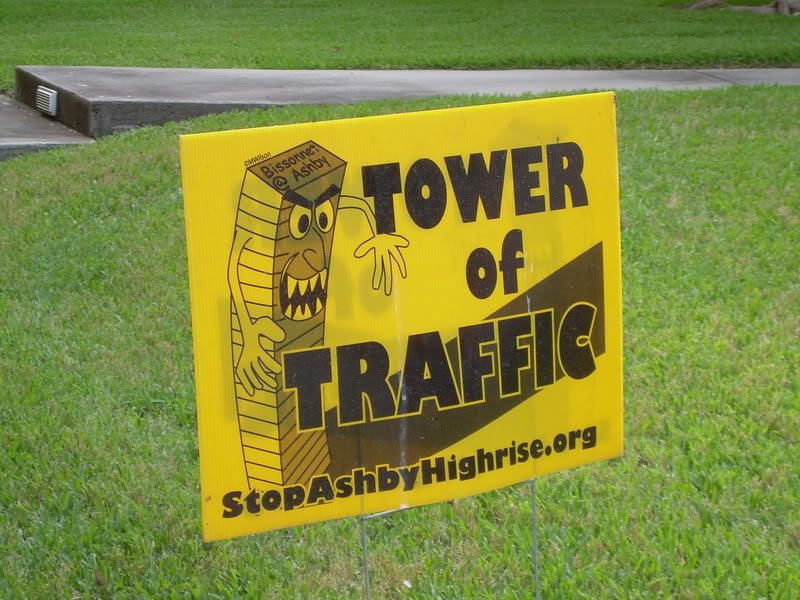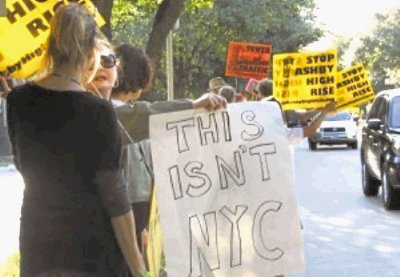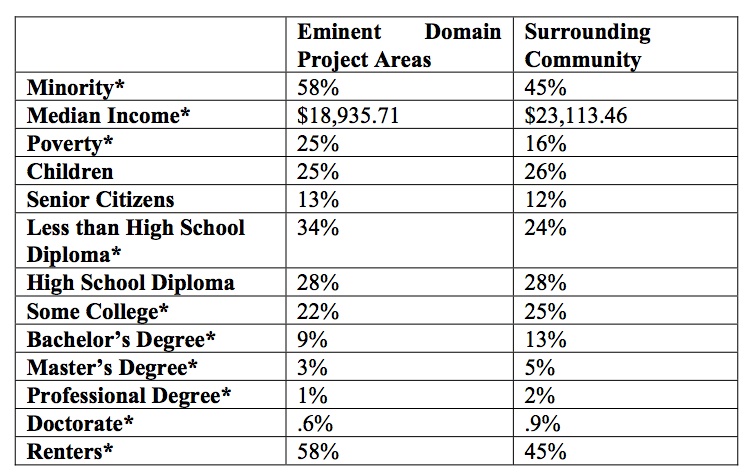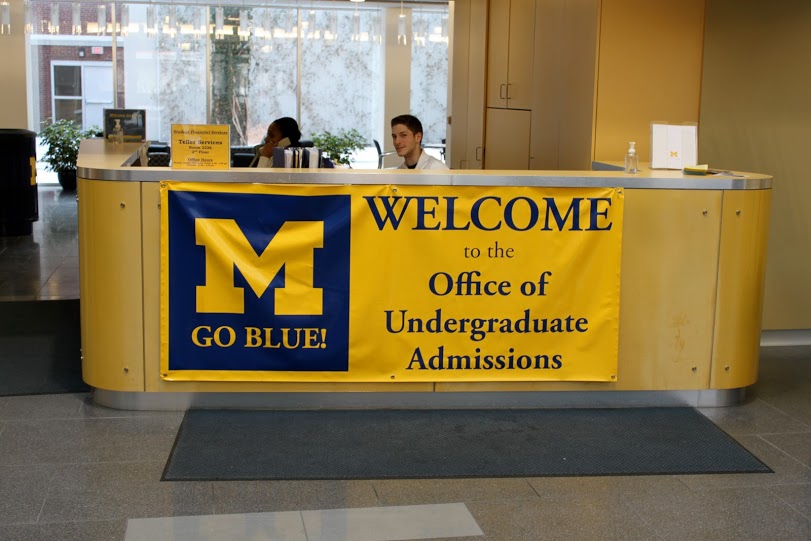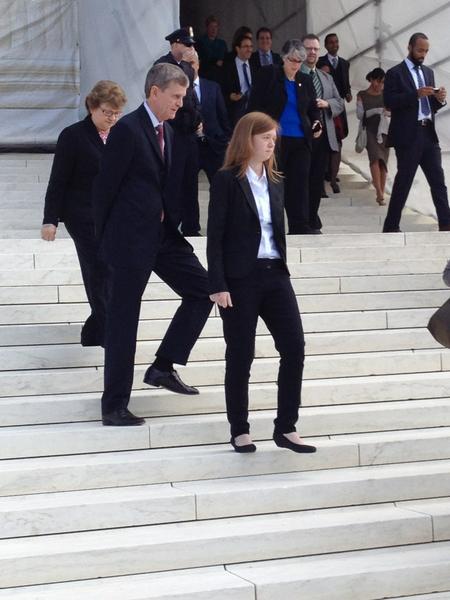Rather than desegregate a swimming pool, the city of Jackson, Mississippi filled it with cement.
This is Jennifer Gratz, the lead plaintiff in Gratz v. Bollinger:
This is the University of Michigan Office of Undergraduate Admission.
This is the University of Michigan Law School Admission Office.
This is the University of Texas, Austin.
Berkeley Law’s ‘critical mass’ policy results in racial divisions
In an effort to create a more positive experience for underrepresented-minority students, the UC Berkeley School of Law has implemented a new “critical mass” policy, which has resulted in some racial divisions in the first-year classes.
The policy was criticized earlier this month in an article published on the blog Above the Law Redline, which stated that students at the law school are being racially segregated.
At Berkeley Law, incoming students are divided into nine smaller sections, called mods, in which first-year law students take their introductory classes. These nine mods then compose three super-mods, larger groups in which students also take certain courses. This year, the administration placed more underrepresented-minority students into certain mods in order to create a “critical mass” but left one super-mod entirely devoid of black students.
The administration has responded to students’ concerns, saying the critical mass policy, which aims to ensure that a certain number of underrepresented-minority students are in each classroom, was a response to previous concerns with the mods.
According to Berkeley Law Dean Sujit Choudhry, last year, the school hosted focus groups of students, faculty and staff in which underrepresented-minority students reported feeling isolated as the only members of their racial groups in their classes. Choudhry said the benefits of the critical mass system are widespread.
“It promotes robust conversations and reveals the diversity of viewpoints within racial groups,” Choudhry said in an email sent out to the law school community. “And it can help dispel stereotypes that others may hold because people see that not everyone from a particular group is alike.”
Four of the smaller mods had critical masses of black students, but all mods included underrepresented-minority students. So while one of the super-mods had no black students, all mods had some Hispanic and Asian American students.
According to the UC Berkeley chapter of La Raza Law Students Association, studies by researchers such as Executive Vice Chancellor and Provost Claude Steele have shown that being the only member of a certain racial group in a classroom can negatively affect a student’s abilities to perform well academically. Such “solo status” places additional pressure on underrepresented minorities to perform well as the representatives of their respective racial or ethnic groups.
Isolation in the classroom, the studies showed, may also lead to “stereotype threat” — in which students fear that their performance may confirm negative stereotypes about ability — and can have negative physiological effects on the student, further hindering academic performance.
La Raza, which seeks to empower Latino students, in an email voiced its support for the critical mass program as a way to “reduce academic anxiety and stereotype threat.”
Students at the law school have responded positively to the policy as well.
Reed Frye, a second-year law student, said in an email that first-year black and Hispanic students “largely love the policy,” adding that they seem more assertive and empowered than he remembers feeling as a black first-year student, before the policy was implemented.
Frye suggested that the absence of black students in one super-mod disadvantages white students in that mod. He added, however, that the barriers for underrepresented minorities overcome by this policy outweigh the detriments (of a lack of diversity) to white students “by several orders of magnitude.”
Similarly, Emmanuelle Berdugo, a first-year student, said the administration’s decision to listen to the concerns of underrepresented-minority students who had felt marginalized in previous years and respond with the critical mass policy was a prudent decision, and dismissed the idea that such a policy amounted to segregation.
Berdugo and others noted that while the mods themselves are not a problem, there still exist concerns regarding the representation of underrepresented minorities at Berkeley Law. Many cited California Proposition 209 — which prohibits public education institutions from considering race, sex or ethnicity in admissions — as an underlying factor.
“The fact that there is a super mod with no Black students is a problem the university needs to deal with,” Berdugo said in an email. “They have to admit more Black and Brown students.”
According to the Law Students of African Descent, Prop. 209 caused a steep decline in the enrollment of black students at the law school.
A December 2014 study done by the Journal of Blacks in Higher Education showed that, on the basis of black students as a percentage of total enrollment, Berkeley Law ranked 14th out of 15 leading law schools in the nation.
Though it strongly supports the critical mass policy, La Raza stated in an email that it is merely an attempt to fix a “symptom of the bigger problem of the law school admissions and retention systems — a failure to achieve true racial diversity and inclusion.”
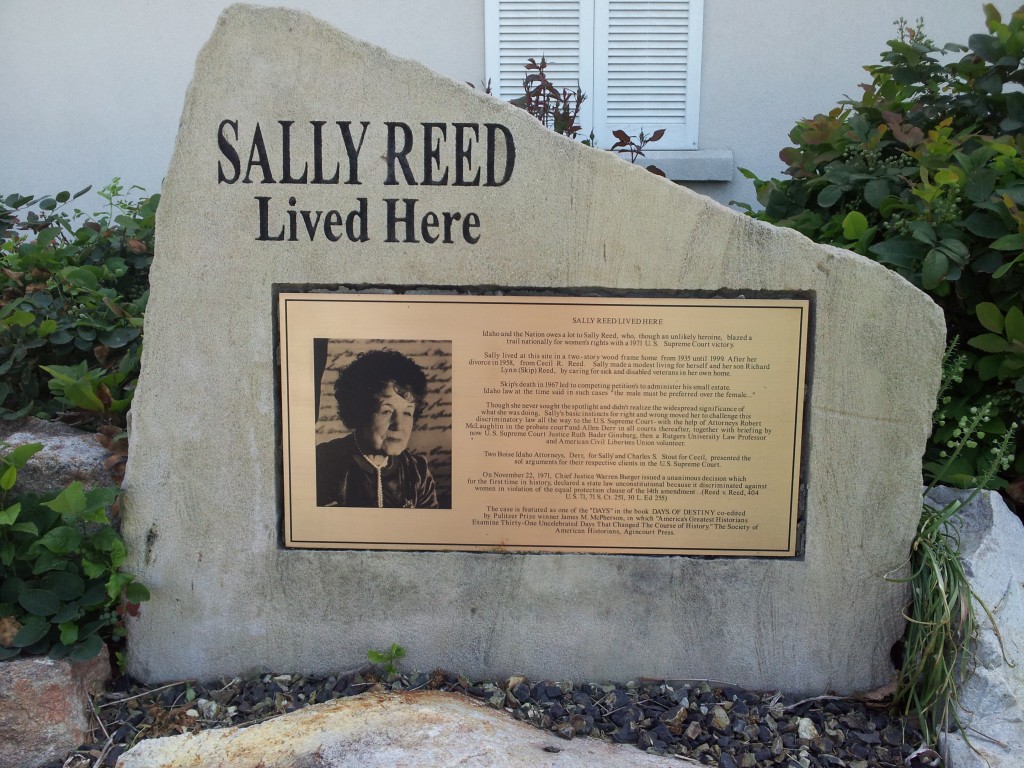 The home of Sally Reed, the eponymous plaintiff of Reed v. Reed, in Boise, Idaho, bears this plaque.
The home of Sally Reed, the eponymous plaintiff of Reed v. Reed, in Boise, Idaho, bears this plaque.
